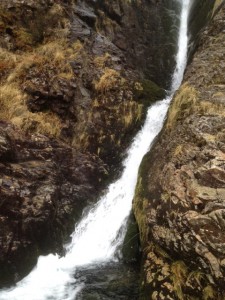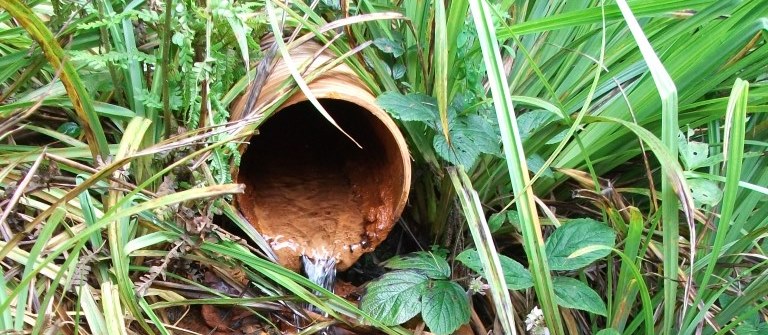Force Crag Mine, one of the key case study sites for my PhD research is situated half way up a mountain in the English Lake District. It is several miles from the nearest service connection or road – one reason for the use of passive treatment for the polluted water leaving the mine. But, the site is also host to historic mine buildings and mineral processing equipment owned by the National Trust which operates tours to the site, although these are limited to a few occasions during the warmer months. Perhaps the site may be more attractive to visitors throughout the year if there was a cafe and other facilities, but what about electricity to boil the kettle and heat to warm the building?
Small scale hydropower was used at Force Crag Mine more than a century ago, and might offer a viable means of generating electricity at the site today.  Cascading waters exist in both small watercourses and also flowing from the abandoned mine workings to the treatment system. In addition, the water flowing from the mine is typically stable in temperature year-round, despite changes in air temperatures. This might offer a means of providing space heating to visitor facilities – with the help of heat pumps coupled to a hydropower turbine – during the colder months.
Cascading waters exist in both small watercourses and also flowing from the abandoned mine workings to the treatment system. In addition, the water flowing from the mine is typically stable in temperature year-round, despite changes in air temperatures. This might offer a means of providing space heating to visitor facilities – with the help of heat pumps coupled to a hydropower turbine – during the colder months.
These sources of energy are entirely renewable, and might offer a catalyst to improve the amenity value of such a remote yet historically interesting site.
